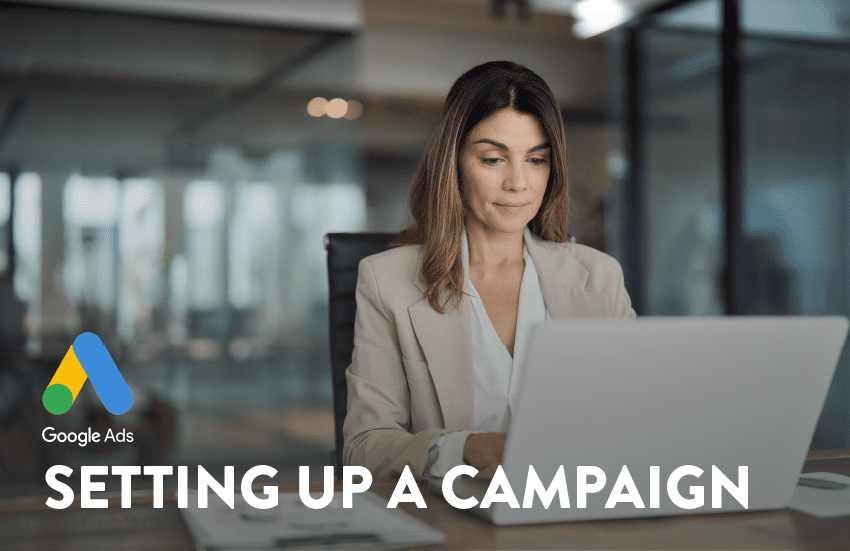
Starting with Google Ads can seem overwhelming, but with the right steps, you can set up a successful campaign that drives traffic and conversions for your business. This guide will walk you through ten best practices for setting up a Google Ads campaign in a simple and easy-to-understand way.
1. Define Your Goals
Before you start, it’s crucial to know what you want to achieve with your Google Ads campaign. Are you looking to increase website traffic, generate leads, or boost sales? Having clear goals helps you create a focused campaign that meets your business objectives.
2. Understand Your Target Audience
Knowing who your target audience is can make a significant difference in how effective your campaign will be. Consider factors such as demographics, interests, online behavior, and purchasing habits. This understanding will help you choose the right keywords and craft ads that resonate with your audience. Tools like Google Analytics and customer surveys can provide valuable insights into your target audience.
3. Conduct Keyword Research
Keywords are the terms people type into Google when searching for products or services like yours. Use Google’s Keyword Planner to find relevant keywords with good search volume. Choose keywords that closely match what your potential customers might be searching for.
4. Create Your Campaign
In your Google Ads dashboard, click on “New Campaign.” You’ll be asked to choose a goal for your campaign (e.g., website traffic, sales, leads) and select a campaign type (e.g., Search, Display, Video). For beginners, starting with a Search campaign is usually the best option.
5. Set Your Budget and Bidding
Decide how much you want to spend on your campaign. Google Ads allows you to set a daily budget, which controls how much you spend each day. You’ll also need to choose a bidding strategy, which determines how you pay for clicks on your ads. For beginners, it’s often best to start with automated bidding, where Google sets your bids to get the most clicks within your budget.
6. Write Compelling Google Ad Copy
Your ad copy needs to grab attention and make people want to click. Include your chosen keywords in the ad headline and description to make your ads relevant. Highlight the benefits of your product or service and include a clear call-to-action (CTA) like “Shop Now,” “Get a Free Quote,” or “Learn More.”
7. Create Relevant Landing Pages
Ensure that the page people land on after clicking your ad (landing page) is relevant to what your ad promises. If your ad is about a specific product, the landing page should feature that product prominently. Make sure your landing pages load quickly and are easy to navigate.
8. Use Ad Extensions
Ad extensions are additional pieces of information you can add to your ads, such as your business address, phone number, or links to specific pages on your website. Using ad extensions can make your ads more useful and increase their click-through rate.
9. Monitor Your Google Ad Campaigns
Once your campaign is live, keep an eye on its performance. Google Ads provides data on how many people see your ads, how many click on them, and how many take action (like making a purchase or filling out a form). Regularly check these metrics to see how your campaign is doing.
10. Optimize and Adjust
Based on the performance data, make adjustments to improve your campaign. This might include tweaking your ad copy, adjusting your budget, adding negative keywords (keywords you don’t want your ads to show for), or refining your targeting. Optimization is an ongoing process that helps you get the best results from your campaign.
Setting up a Google Ads campaign may seem complex at first, but by following these best practices, you can create effective ads that reach your target audience and achieve your business goals. Remember to define your goals, conduct thorough keyword research, write compelling ad copy, and continually monitor and optimize your campaign. With time and practice, you’ll become more comfortable and successful with Google Ads. For more detailed help, consider partnering with a Google Partner Agency to get expert guidance and support.
To dive deeper into Google Ads, read our other Google Ads blog articles. Or if you’re interested in partnering with STORY to optimize your current Google Ads or create a new campaign for you, read more about our Google Ads agency services.